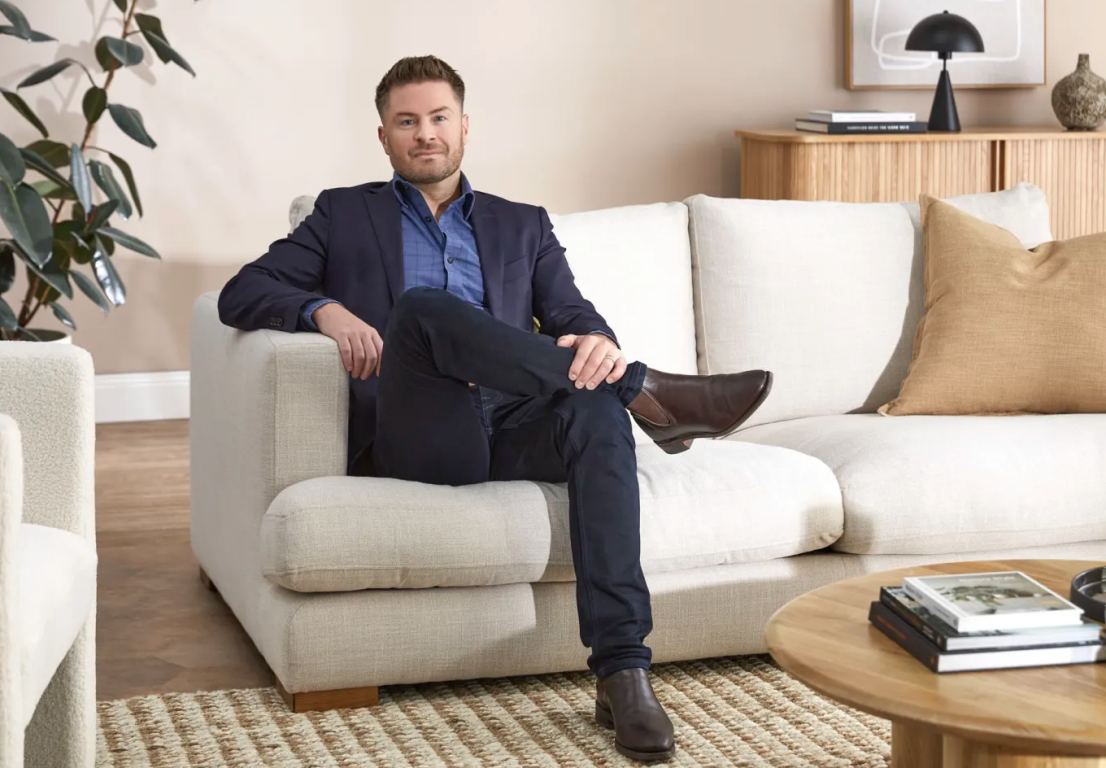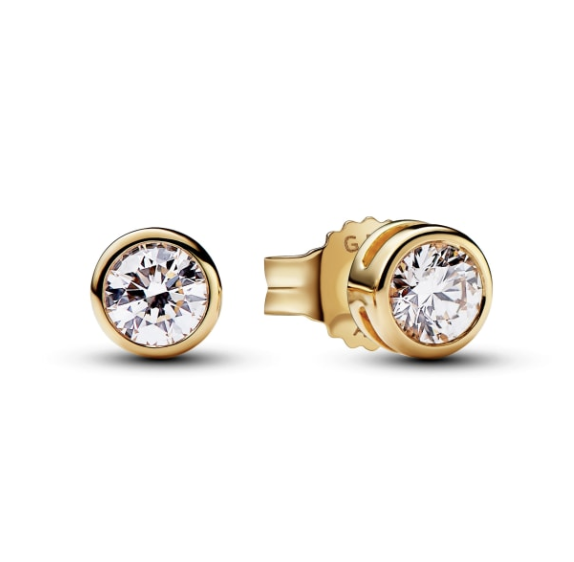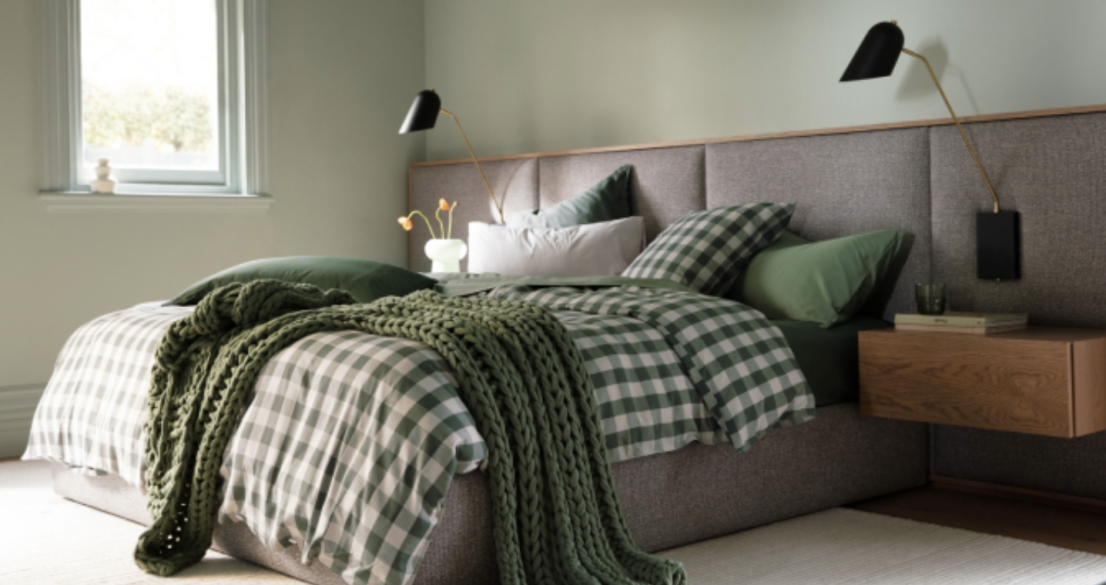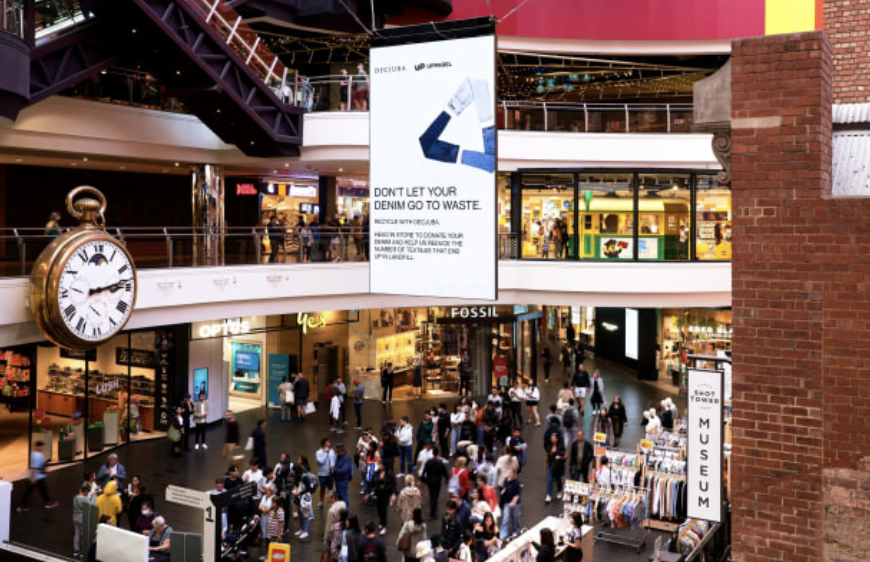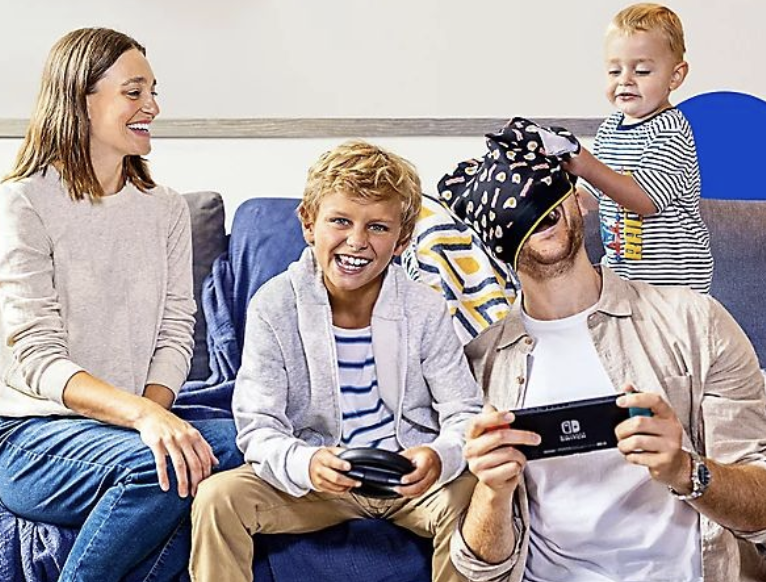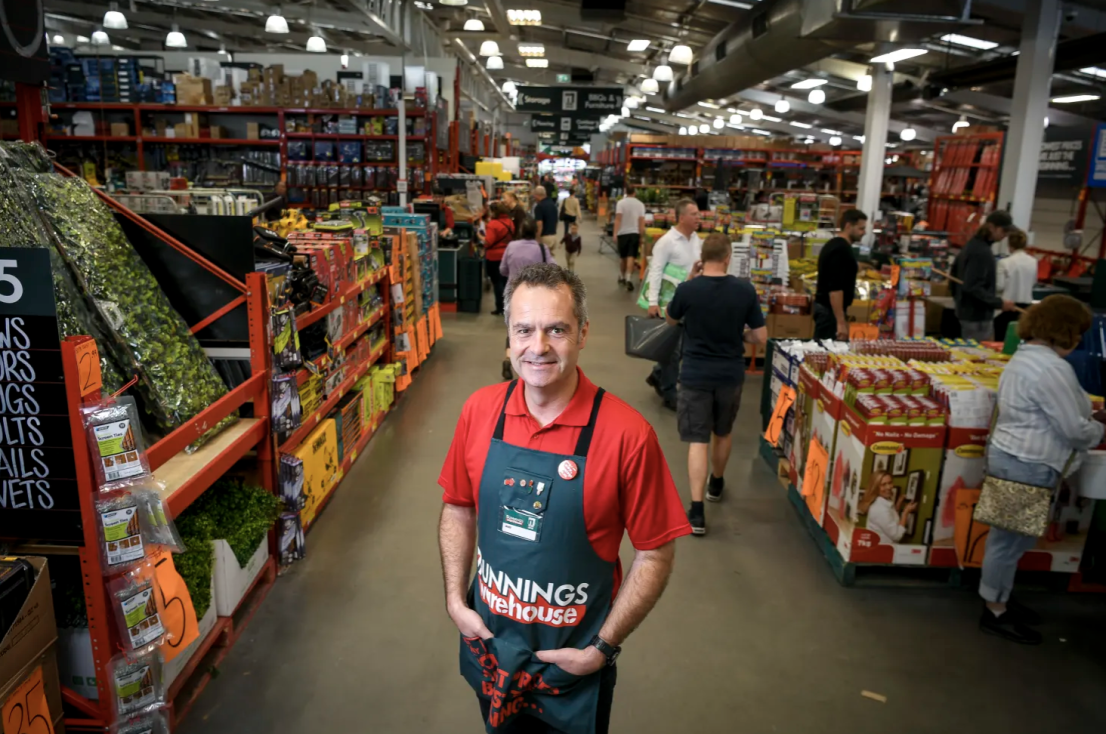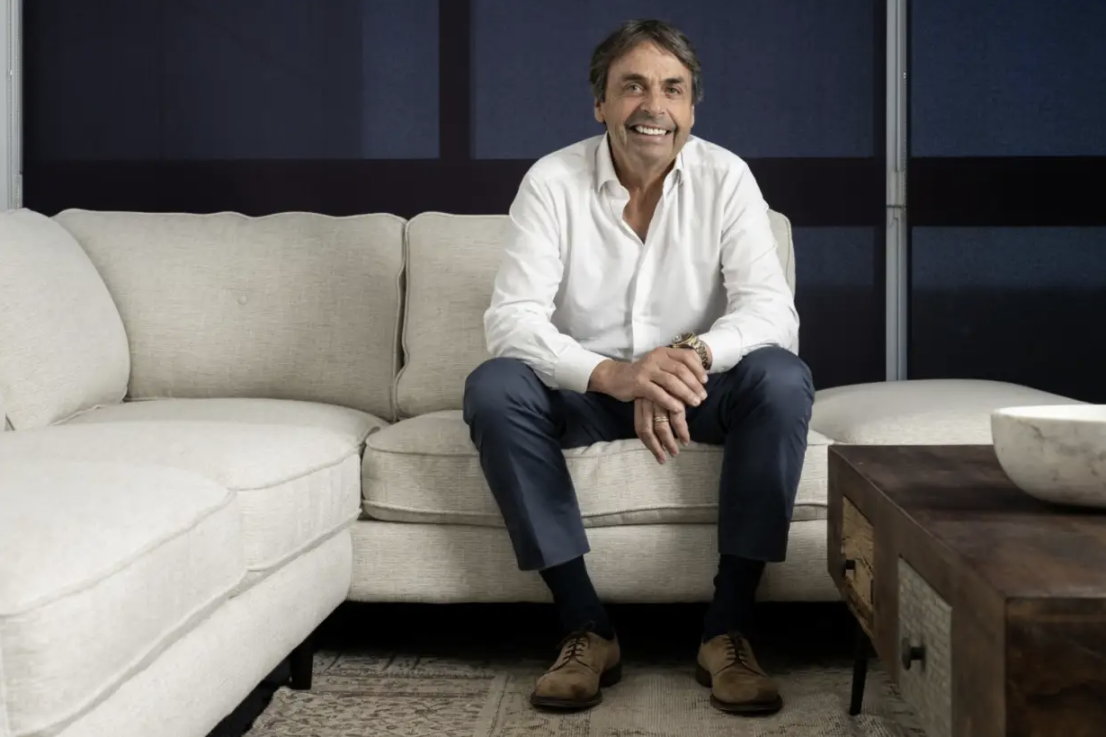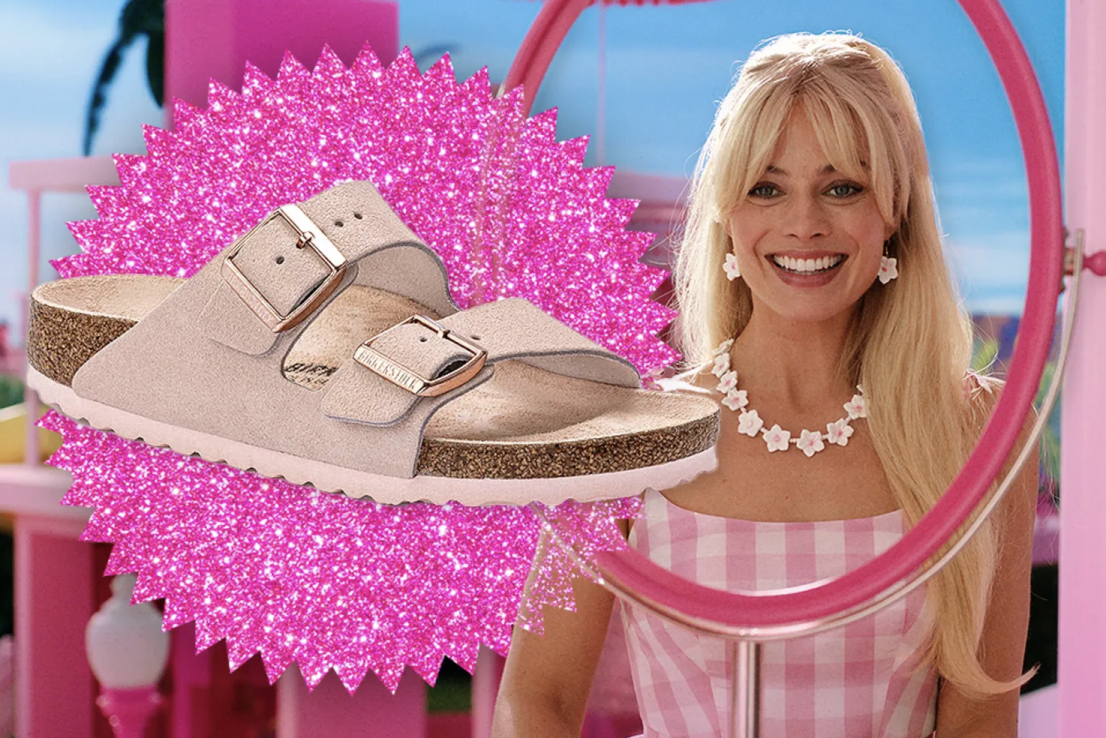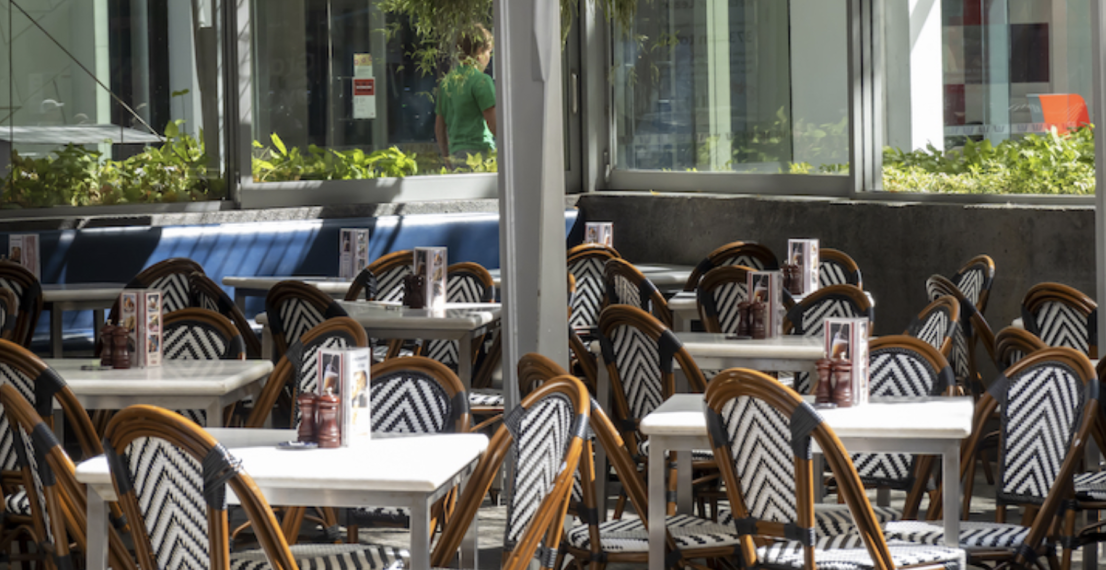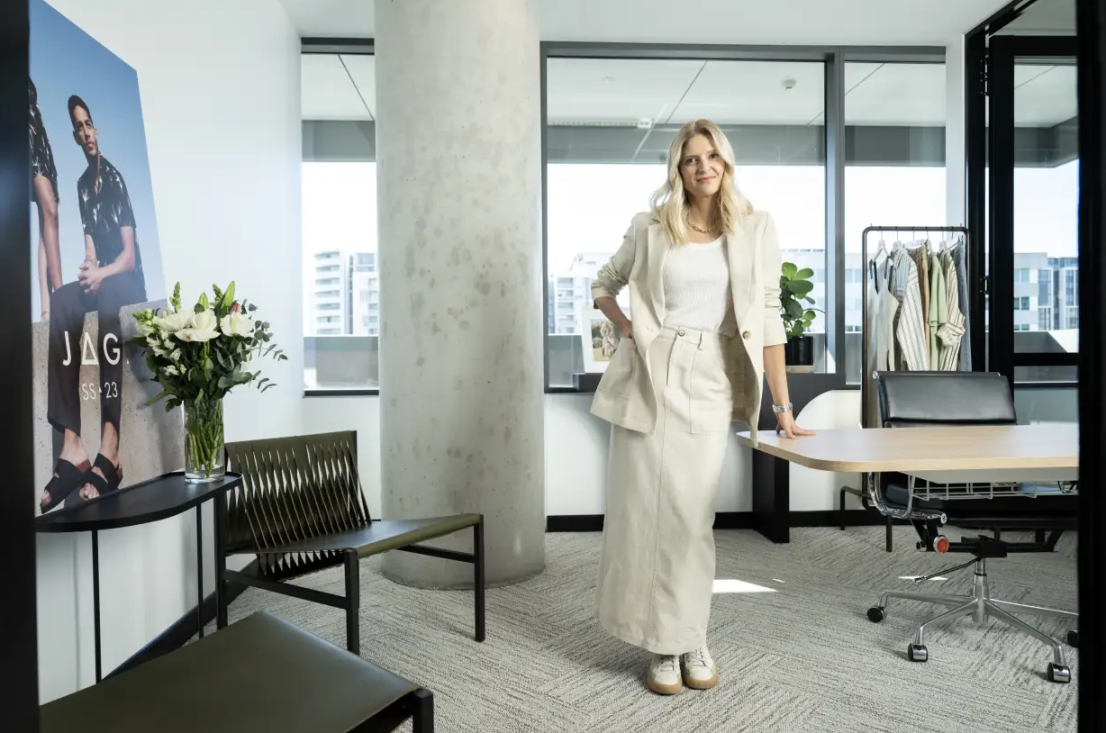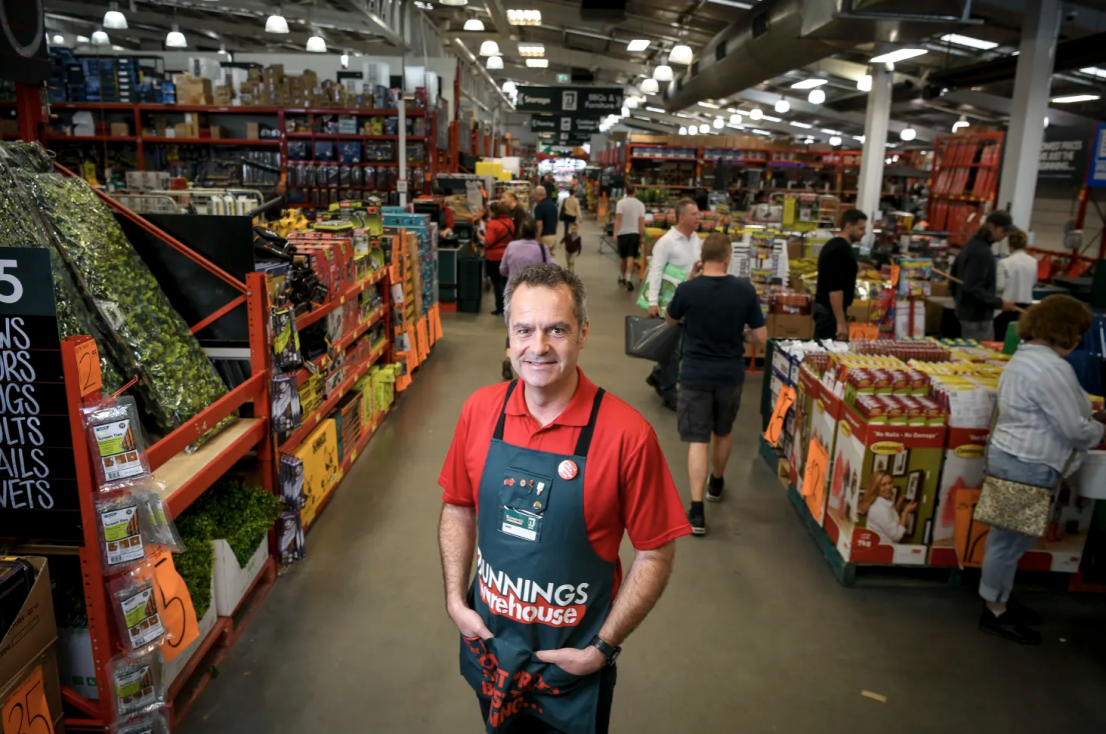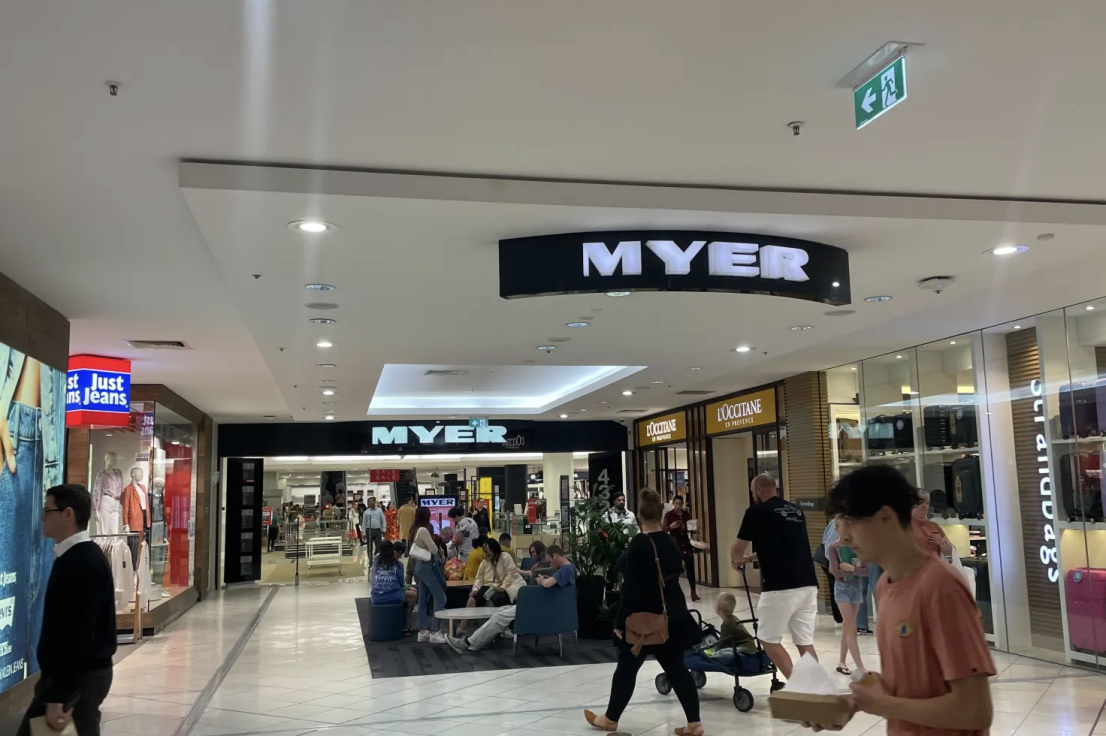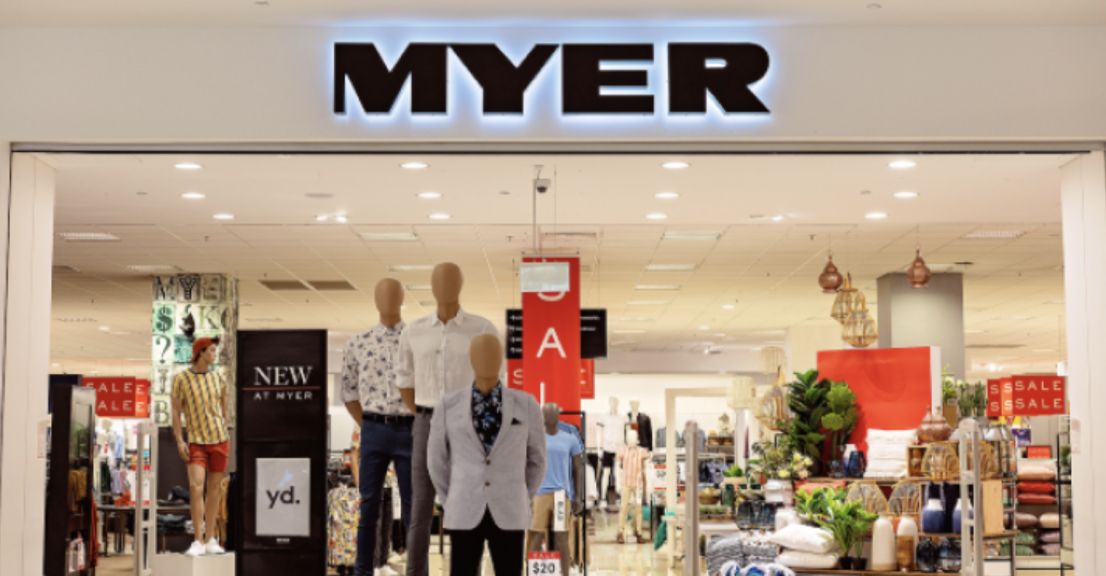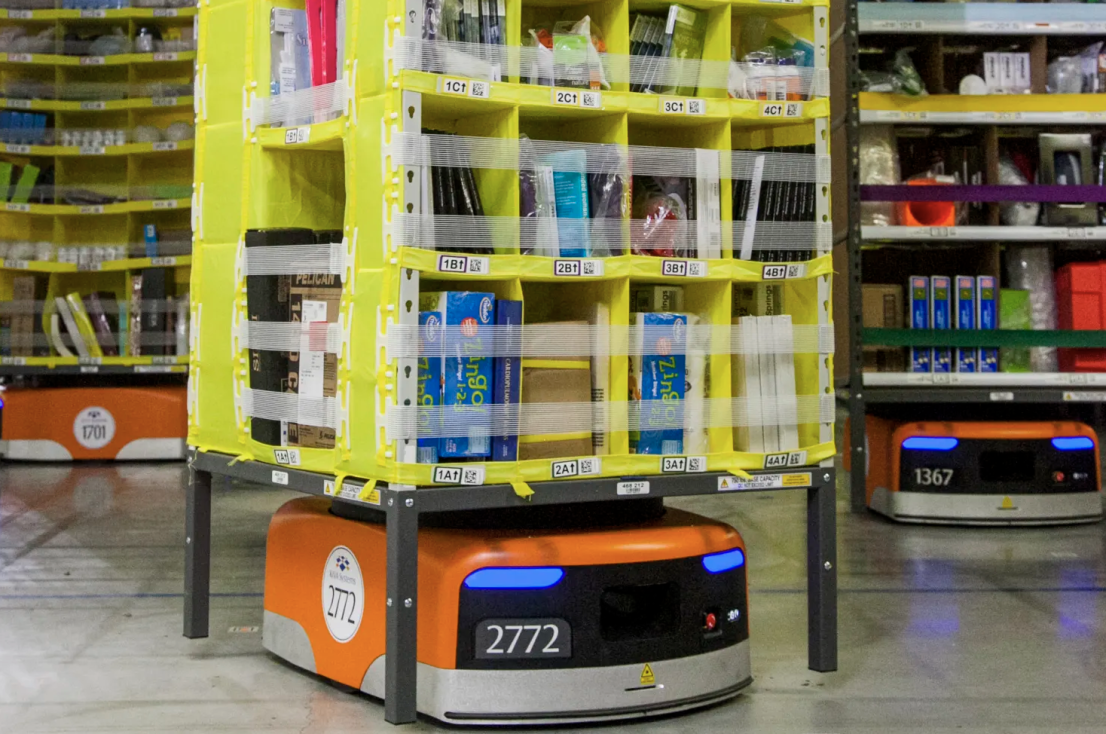
R.M.Williams Special Projects Manager Daniel Aldridge offers ragtrader.com.au an insight into his position at the Australian fashion retailer.
What does your day-to-day role involve?
My average day at R.M.Williams starts with catching up on industry news to stay informed about the latest trends, developments, and happenings in the fashion and lifestyle industry. This helps me stay ahead and make informed decisions for the brand.
Collaboration is a significant part of my role as I work closely with design partners to create and develop new products. This involves brainstorming ideas, sharing concepts, and refining designs to ensure they align with R.M.Williams' brand identity and customer preferences.
Another crucial aspect of my day is ensuring key milestones for ongoing projects are on track and running according to schedule. This involves project management skills to coordinate various teams and departments involved in the production process.
What is your career highlight so far?
My most notable career highlights have been while working at R.M.Williams. Our recent collaboration with the Wallabies is a massive one. Seeing true Wallabies fans on their way to a game wearing our R.M.Williams x Wallabies jerseys, beanies and scarves brings a massive smile to my face.
Where do you see the opportunities in the market?
As sports are becoming more culturally relevant daily, I see opportunities to continue to partner and collaborate with various sports and sporting clubs, applying a new lens to the traditional fan merchandise which can be worn daily.
What is your biggest challenge currently?
One of the most significant challenges I'm currently facing is finding new craftspeople to continue creating unique Australian made products. In a fast-paced world dominated by mass-produced goods, convincing consumers of the value and authenticity of handcrafted products can be a complex endeavour. However, I believe that by effectively communicating the story behind our craftsmanship and highlighting the distinctiveness of Australian made items, we can overcome this challenge and attract a new generation of appreciators.
What projects or initiatives do you have in the pipeline at R.M.Williams?
Without giving too much away, we're currently working on a second project in collaboration with the Wallabies and continuing to explore new lifestyle categories.


